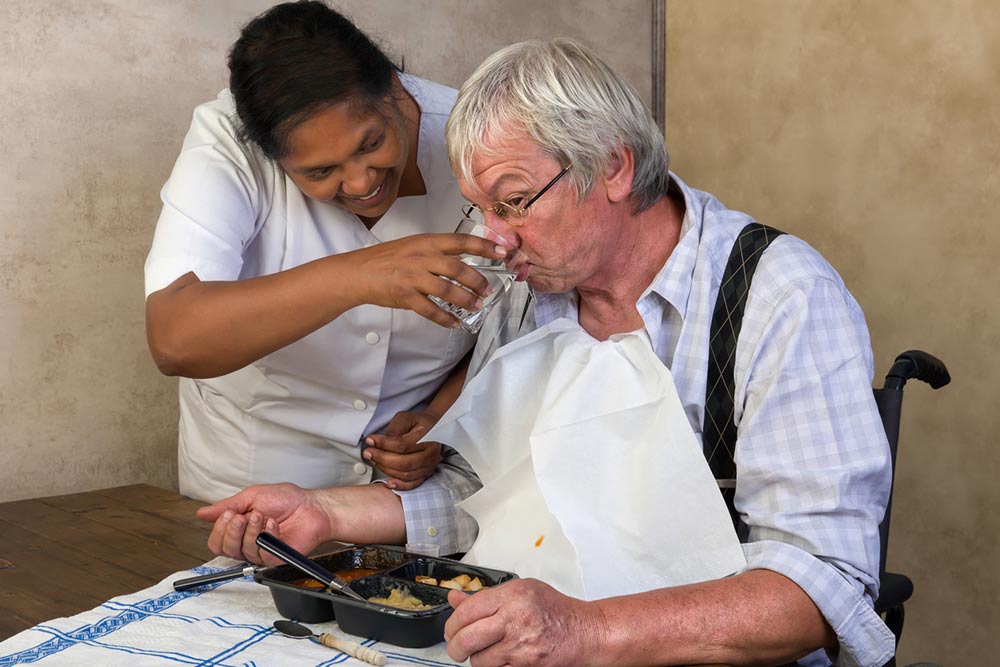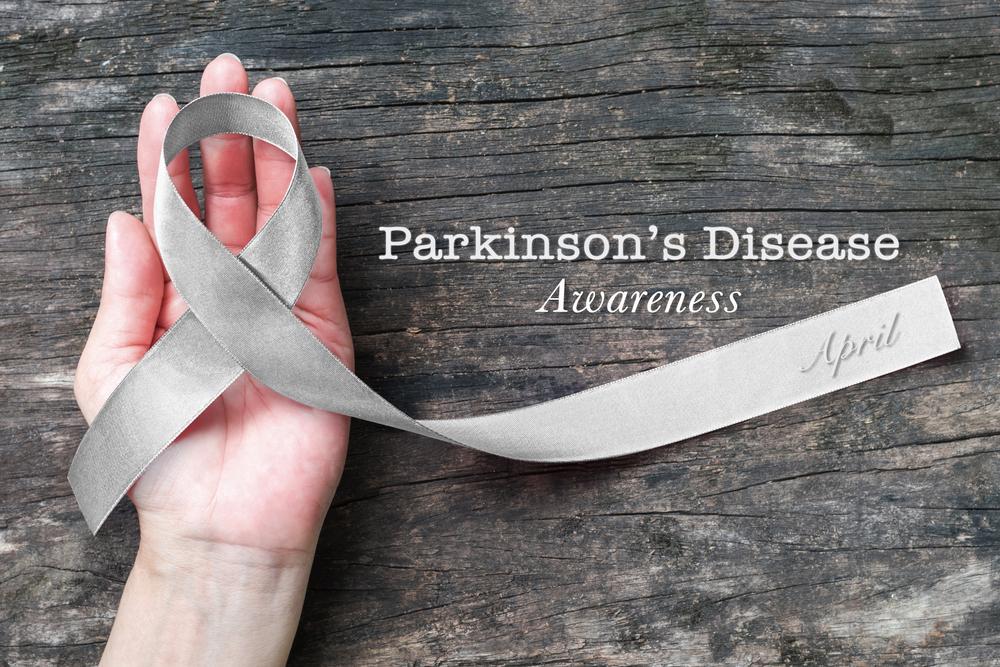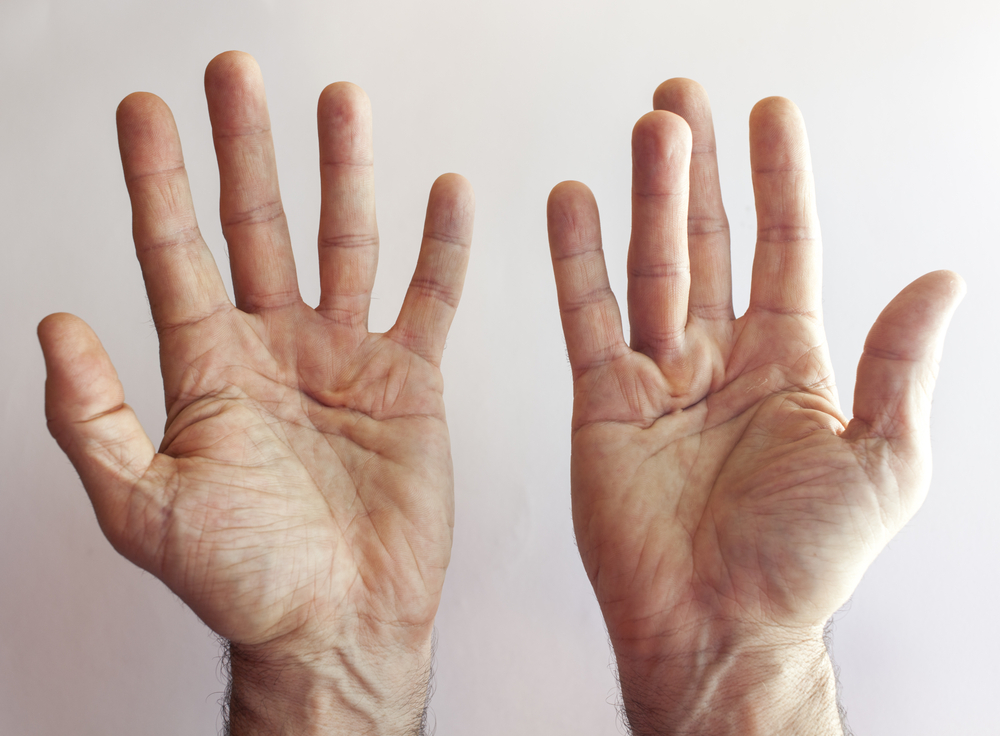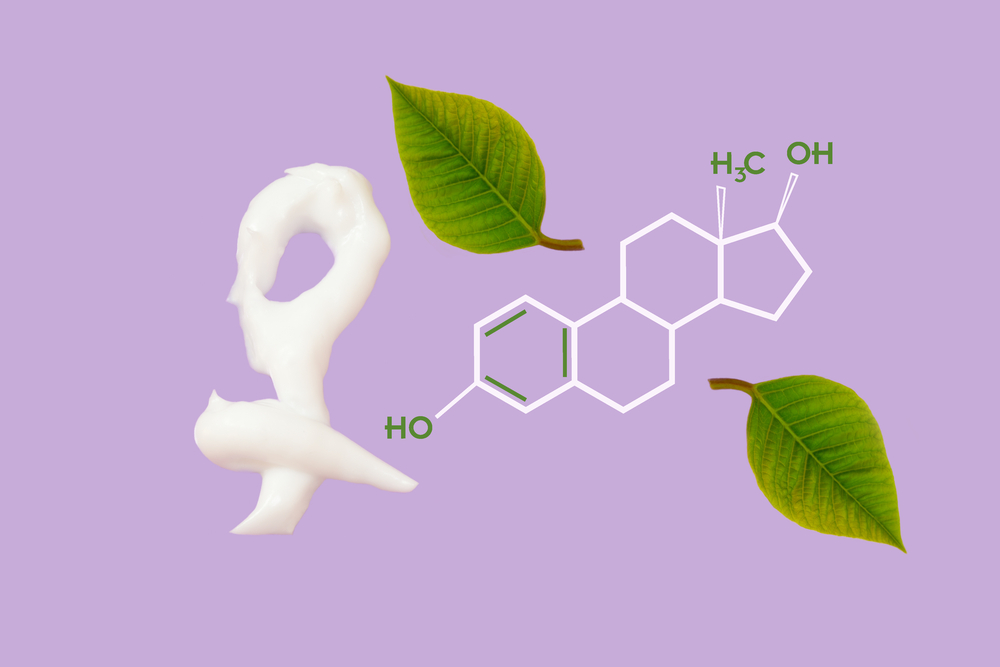Comprehensive Guide to Parkinson's Disease: Symptoms, Diagnosis, and Cutting-Edge Treatment Options
This extensive article provides a detailed overview of Parkinson's disease, covering symptoms, diagnosis, and current and emerging treatment options. It emphasizes early detection, technological advances like deep brain stimulation, and future therapies such as stem cell and gene treatments, aiming to improve quality of life and medical outcomes for patients. Suitable for patients, caregivers, and healthcare professionals, it offers comprehensive insights into managing this progressive neurological disorder.
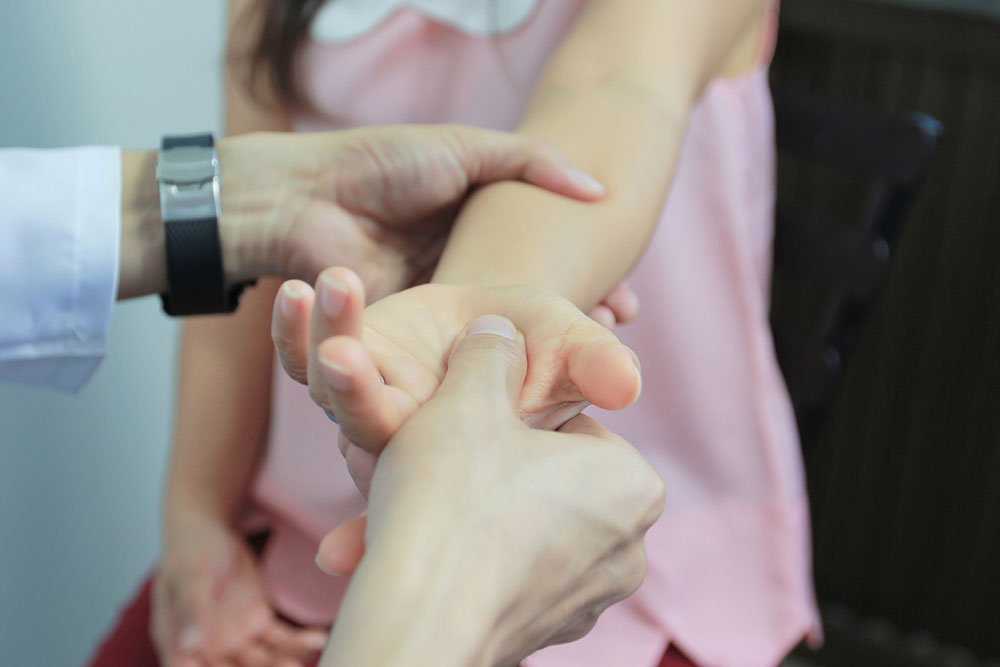
Comprehensive Guide to Parkinson's Disease: Symptoms, Diagnosis, and Cutting-Edge Treatment Options
Parkinson’s disease (PD) is a progressive neurological disorder that significantly impacts motor function and overall quality of life. It is characterized by a slow decline in movement capabilities and a range of associated symptoms, often presenting with involuntary tremors, slowed movements, muscular rigidity, and balance disturbances. Although predominantly affecting older adults over 60 years, Parkinson's can also occur in younger individuals, making awareness and understanding crucial for early diagnosis and management. Despite the absence of a definitive cure to date, scientific advancements have paved the way for various therapies and surgical interventions that aim to mitigate symptoms and enhance daily living. This comprehensive guide explores the intricacies of Parkinson’s disease, including its symptoms, diagnostic methods, and the full spectrum of current and emerging treatment options.
Recognizing Early Symptoms and Signs of Parkinson's Disease
Identifying Parkinson’s early can be challenging because its symptoms often develop subtly and overlap with other conditions. Nonetheless, early recognition is essential for timely intervention, which can significantly improve prognosis. The presentation of Parkinson’s varies among individuals, but certain hallmark signs are typically observed. These include:
Slowness of movement (bradykinesia): Patients often experience a noticeable reduction in spontaneous movements, leading to a sluggish gait and difficulty initiating actions.
Tremors during rest: Resting tremors are characteristic, usually beginning in one hand or finger, often described as a 'pill-rolling' motion.
Muscle stiffness and rigidity: Increased muscle tone results in resistance to movement, causing discomfort and limiting mobility.
Impaired balance and gait disturbances: Postural instability increases fall risk, with patients struggling to maintain upright stance or experiencing shuffling steps.
Reduced facial expressions and blinking: Known as facial masking, this symptom can make expressions seem blank or less animated.
Drooling and swallowing difficulties: Because of impaired control of facial muscles and swallowing reflexes, saliva may accumulate, and swallowing becomes challenging.
Alterations in handwriting: Micrographia, or small handwriting, is a common sign of progressing motor impairment.
Speech changes: Speech may become softer, monotonic, or may experience volume fluctuations.
Postural hypotension: A sudden drop in blood pressure may cause dizziness upon standing, increasing fall risk.
Gastrointestinal and urinary issues: These include constipation and bladder dysfunction, often exacerbated as the disease advances.
Loss of smell (anosmia): Reduced olfactory function can precede motor symptoms by several years.
Sleep disturbances: Insomnia, REM sleep behavior disorder, and restless legs syndrome are prevalent among PD patients.
Cognitive challenges: Mild cognitive impairment, memory issues, and depression can develop, especially in later stages.
How Parkinson's Disease Is Diagnosed
Diagnosing Parkinson’s accurately remains a clinical challenge because no single test can definitively confirm its presence. Instead, diagnosis relies upon a comprehensive neurological evaluation, detailed patient history, and observation of symptoms. Physicians typically look for a combination of motor symptoms (e.g., tremors, rigidity, bradykinesia) and the absence of features suggestive of other neurological conditions.
In addition to physical examinations, specialized imaging and laboratory tests assist in ruling out other disorders. Techniques such as DaTscan—a type of single-photon emission computed tomography (SPECT)—visualize dopamine transporter levels in the brain, providing supportive evidence for PD. Magnetic resonance imaging (MRI) can exclude other causes of similar symptoms, such as strokes or tumors. Blood tests may be used to eliminate metabolic or infectious causes.
Diagnostic criteria, including the UK Parkinson's Disease Society Brain Bank criteria, aid clinicians in making accurate assessments. Furthermore, ongoing research focuses on developing early detection biomarkers, which could revolutionize Parkinson's diagnosis in the future.
Current Therapeutic Strategies and Management of Parkinson’s Disease
While no cure exists yet for Parkinson’s, a variety of treatment options are available that aim to control symptoms, improve mobility, and enhance the patient’s quality of life. Most therapies fall into pharmacological, surgical, and lifestyle categories, often used in combination for optimal results.
Medications
The cornerstone of PD treatment involves medications that restore dopamine levels or mimic its action. The primary drug classes include:
Levodopa/Carbidopa: The most effective medication for motor symptoms. Levodopa is converted into dopamine in the brain, while carbidopa prevents peripheral conversion, increasing central availability.
Dopamine Agonists: Such as pramipexole and ropinirole, which activate dopamine receptors directly, often used early or alongside Levodopa.
MAO-B Inhibitors: Including selegiline and rasagiline, which slow dopamine breakdown, prolonging its effect.
COMT Inhibitors: Entacapone and tolcapone extend Levodopa’s action by inhibiting its metabolism.
Other supportive drugs: Such as anticholinergics for tremors and amantadine to manage dyskinesias.
Surgical Interventions
In cases where medication no longer provides satisfactory control, surgical procedures can be considered:
Deep Brain Stimulation (DBS): This widely used procedure involves implanting electrodes into specific brain regions—like the subthalamic nucleus or globus pallidus—to deliver electrical impulses that normalize abnormal activity. The device, controlled externally, can be programmed to tailor treatment to individual needs, effectively reducing tremors, rigidity, and dyskinesias.
MR-guided Focused Ultrasound (MRgFUS): A minimally invasive technique that uses concentrated ultrasound waves under MRI guidance to ablate targeted brain tissue responsible for tremors, offering a promising alternative for suitable patients.
Emerging and Future-Frontier Treatments
Research efforts continue to focus on innovative therapies that could potentially halt or reverse disease progression. Some promising approaches include:
Stem Cell Therapy: Transplanting embryonic or induced pluripotent stem cells aims to replace the lost dopamine-producing neurons, offering hope for regenerative treatment.
Neurorestorative Strategies: Techniques designed to repair or restore damaged neural circuits, potentially improving or maintaining neurological function.
Gene Therapy: Targeting specific genetic mutations associated with PD, gene therapies aim to modulate gene expression or deliver neurotrophic factors to support neuron survival.
Though many of these therapies are still under clinical trials, they represent the frontier in Parkinson’s management and hold promise for a future where the disease’s impact can be significantly mitigated or even halted.
Lifestyle Modifications and Supportive Care
Beyond medications and surgeries, lifestyle changes play a vital role in managing Parkinson’s disease:
Dietary adjustments: Consuming a balanced diet rich in high-fiber foods, omega-3 fatty acids, and adequate hydration can help manage symptoms and slow disease progression.
Exercise: Regular physical activity, such as walking, swimming, or tailored physiotherapy, strengthens muscles, improves flexibility, and enhances balance.
Therapies: Physical, occupational, and speech therapies are essential to address mobility issues, daily activities, and communication challenges, fostering independence and confidence.
Safety measures: Making home modifications to prevent falls, such as removing tripping hazards and installing grab bars, can reduce injury risk.
Early intervention and continuous management involving multidisciplinary teams can dramatically improve outcomes for individuals living with Parkinson’s disease.
Conclusion
Parkinson’s disease remains a complex neurological challenge, but ongoing research and technological innovations continue to offer hope. Early recognition of symptoms, accurate diagnosis, and a comprehensive treatment approach—combining medication, surgical options, lifestyle modifications, and emerging therapies—are essential to improve the lives of those affected. As science advances, the goal remains not only symptom control but also the pursuit of restorative treatments that could fundamentally alter the disease trajectory in the future.
